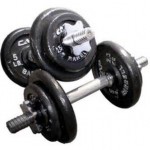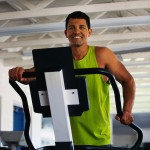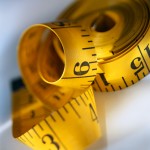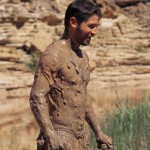We hear time and time again its crucial TO exercise, but there may be times when we should NOT exercise.
There are physical hardships that have recommendations to not workout while managing certain conditions. What we hear about less often, however, are the non-physical situations that also require rethinking a workout.
Unsafe equipment. If there is an “out of order” sign on your favorite piece of cardio equipment at the gym, it means the equipment is out of order! Don’t try to use it regardless of the advisory, it’s unsafe. The same applies to stability balls that are under-inflated, exercise bands that have holes in them and free weights that have loose collars or machines with obvious pieces missing. Choose an alternative workout or piece of equipment for the day.
Rushing. Speeding through your workout leads to inefficiencies and possibly injury. Streamline your exercises, pick your priority moves based on your goals and perform those only with a quality focus. Inability to do this may mean moving your workout to another day or time is your best option for results.
Dispersed attention. Thinking of other things while working out may lead to poor progress or injury from lack of attention. Instead, use the workout to take mental break from your worries and troubles and focus only on the muscles you’re working and the task at hand. If you’re unable to target your focus, exercising another time is your best course of action.
Unsure how to do specific exercise. Forgetting instruction or proper equipment set up means do something else for the workout. Guessing as to a seat setting or machine start up will only lead to frustration and possible injury.
In most cases with a little creativity, we can work around an equipment challenges or scattered thoughts. The benefits of exercise are cumulative and therefore missing one exercise session will not make or break our fitness. In fact, having good common sense and making smart choices about our workout will lead to the greatest benefits of all, being healthy, feeling good and capable to participate in life-long fitness.
 Subscribe
Subscribe








